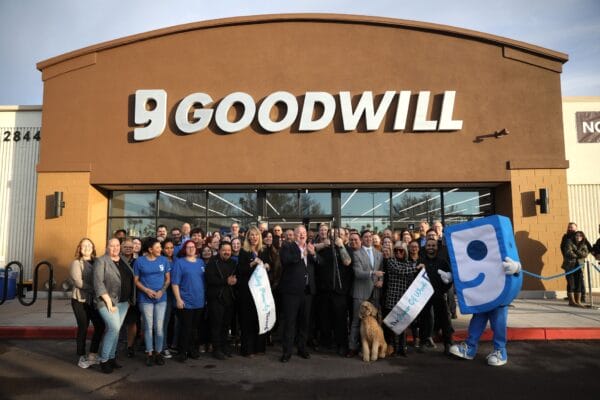The Monday Morning Quarterback: A quick analysis of important economic data released over the last week
Another week of mediocre results. Total nonfarm payroll employment rose by 96,000 in August. Expectations were an increase of 130,000. The good news is that the unemployment rate edged down to 8.1% from 8.3% last month. This was because both the civilian labor force (154.6 million) and the labor force participation rate (63.5%) declined in August. This suggests that more discouraged workers left the labor force.
 Economic activity in manufacturing contracted in August. However, the overall economy grew for the 39th consecutive month, according to the Institute for Supply Management. The manufacturing index registered 49.6%, a decline from July’s 49.8%. Any reading less than 50 indicates that manufacturing is contracting. The ISM services index, though, continued to show expansion in that sector. The index for services stood at 53.7 in August, up from July’s 52.6.
Economic activity in manufacturing contracted in August. However, the overall economy grew for the 39th consecutive month, according to the Institute for Supply Management. The manufacturing index registered 49.6%, a decline from July’s 49.8%. Any reading less than 50 indicates that manufacturing is contracting. The ISM services index, though, continued to show expansion in that sector. The index for services stood at 53.7 in August, up from July’s 52.6.
Initial claims for unemployment insurance continue to show stagnation. Initial claims stood at 364,000, about where they have been for the last few months. In addition, hourly earnings in manufacturing showed no increase in August. This was below expectations. And the average work week remained flat at 34.4 hours. Thus, only modest gains in total workers’ income can be anticipated in the near future.
On the other hand, construction spending in the U.S. in July, while down 0.9% from June, was still up 9.3% over a year ago. All sectors showed modest declines from June. Total motor vehicle sales were 14,408,400 at a seasonally adjusted annual rate in July. This was down from Junes 14,676,030, but, up by 13.7% from July 2011. Productivity in the U.S. grew by 2.2% at an annual rate in the second quarter and unit labor costs were up a modest 1.5%. Both of these data sets were positive.
According to ASU, July’s home sales were 4.4% below June’s total and 6.6% below year earlier levels. This reduction is primarily due to a huge decline in distressed sales. New homes, normal resales, short sales and pre-foreclosures were all up while investor flips, bank owned homes, GSE owned homes, HUD sales and third party purchases of trustee sales were all down. As for median prices on a year-over-year basis, all sales were up over 30% to $149,000. That number reflects a substantial difference in results depending on the type of sale made. For example, new homes were up 4.4% from a year ago while normal re-sales were actually down 2.0%. On the other hand, investor flip prices were up almost 18%, short sale prices were up over 10%, GSE REO sales were up about 33%, bank owned sales prices were up over 50% and trustee sales to third party prices were up 35%. Thus, the big change in the market is that prices seem to indicate that the supply of distressed properties is in shorter supply than previously. This is good news for housing and suggests that it is just a matter of time before new home prices move up more significantly.
Also:
Arizona No. 2 for expected job growth/Phoenix Business Journal
Phoenix near the middle for economic health/ Phoenix Business Journal








